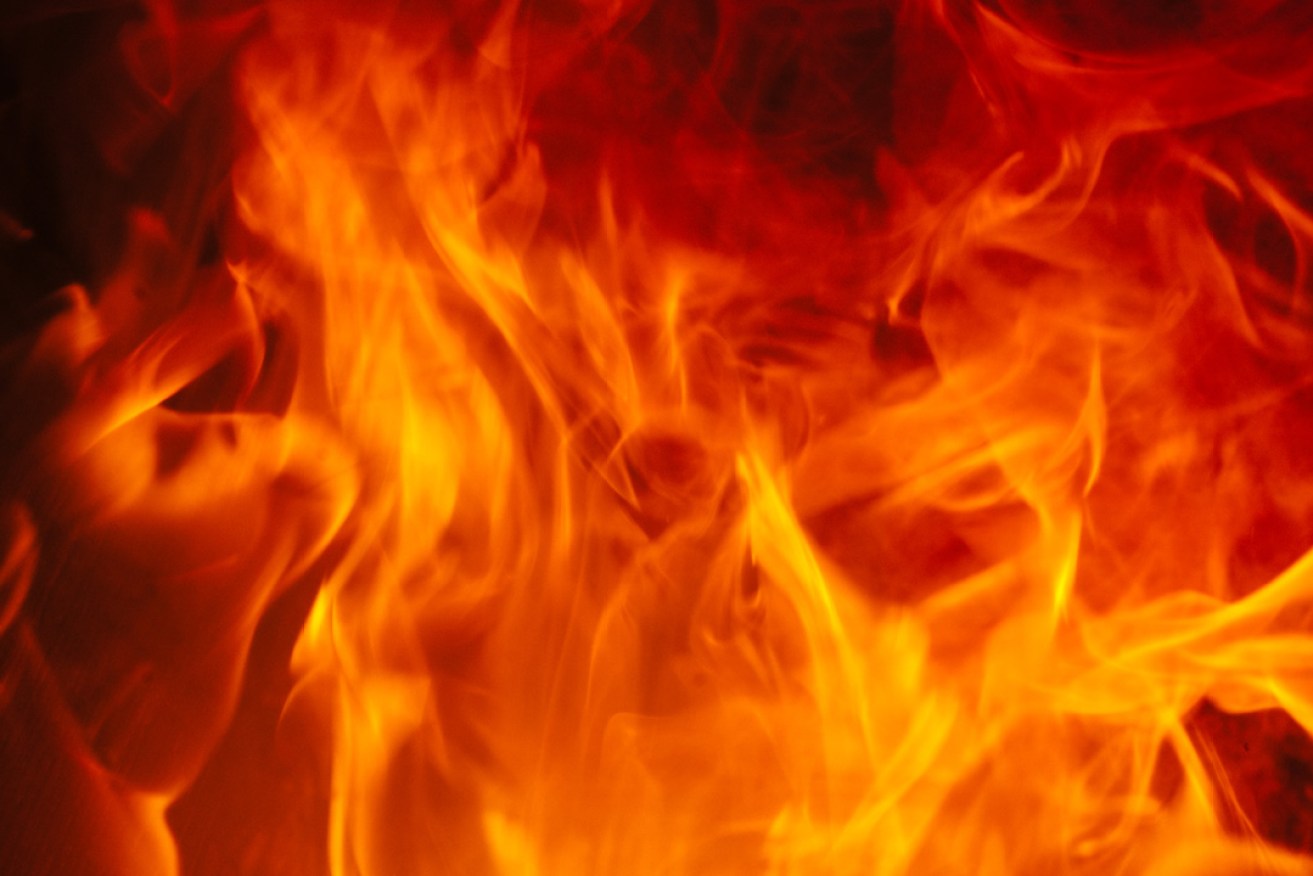
Young males at most risk of severe burn injuries
Males, young children and Aboriginal and Torres Strait Islanders are significantly more likely to be admitted to hospital with burn injuries, according to a new report written by Flinders University researchers for the Australian Institute of Health and Welfare.

Spokesperson Professor James Harrison said that around two-thirds of admitted cases were men and that population based rates were highest in the 0-4 age group.
“Aboriginal and Torres Strait Islander people made up 9% of all burn cases and had a higher rate of hospitalisation (58 cases per 100,000) than other Australians (22 cases per 100,000),” Professor Harrison added.
He said that while burn injuries made up a small fraction (1%) of all hospitalisations for injury, they were often serious and resulted in numerous repeat admissions and long lengths of stay.
Fast facts:
- In 2013–14 there were 5,430 cases of hospitalised burn injury. About two-thirds were male (3,654 cases)
- The highest rate of burn injury was in the youngest age group (0–4) for both boys (75 cases per 100,000 population) and girls (51 cases per 100,000 population)
- Aboriginal and Torres Strait Islander people made up 9% of all burn cases and had a higher rate of hospitalisation (58 cases per 100,000 population) than other Australians (22 cases per 100,000 population).
- In both the general population and the Indigenous population the rate of hospitalised burn cases was highest in the youngest age group (0–4).
- Most burn cases admitted to a hospital had burns of partial thickness of the skin (70%, 3,269 cases) or full thickness (23%, 1,070), rather than to the top layer of skin only.
- About one-fifth (21%, 1,158 cases) of burns were to the wrist and hand but body region burned varied by age.
- In very young children burns to the trunk (21%) were also common
- Older Australians (aged 65 and over) had the highest proportion of burns to the hip and lower limb (22%)
Professor Harrison said the team had looked at three main cause groups of burns.
“These were exposure to smoke, fire and flames; contact with heat and hot substances; and other external causes of burns,” he said.
“Contact with heat and hot substances accounted for almost half of all cases (45%).”
More information:
- The average length of stay for all burn cases was 7 days; and was longer for older Australians aged 65 and over at 13 days.
- About 5% (246 cases) of hospitalised burn cases spent time in an intensive care unit with an average length of stay of 141 hours per case.
- In 2013–14, 48 people died after being admitted to a hospital because of burns (29 males and 19 females) – more than half (56%) of these deaths occurred among older Australians aged 65 and over (27 cases). Of those that died in hospital, 27 cases had full thickness burns to more than 50% of total body surface area.
- About 16% (850 cases) of hospitalised burn cases were considered high threat to life (HTTL).
- The average length of stay was much higher for HTTL cases at 17 days.
- More than four out of five HTTL burn cases (84%) had sustained a full skin thickness burn injury.
Read the full report here: http://www.aihw.gov.au/WorkArea/DownloadAsset.aspx?id=60129557696




